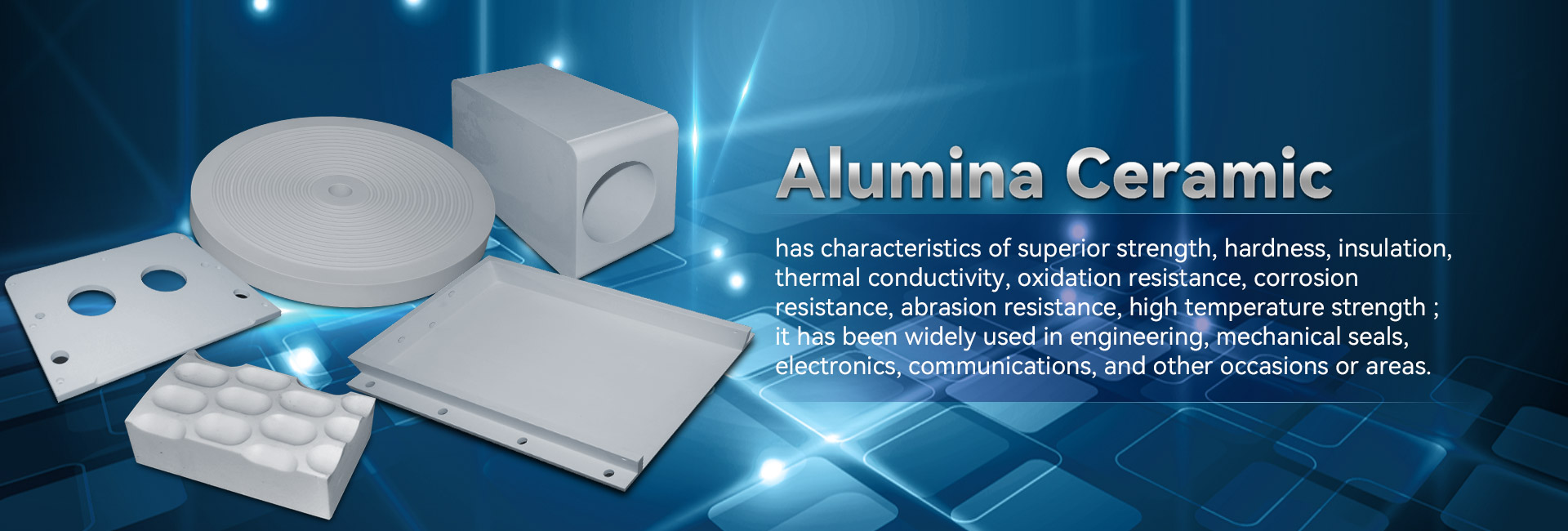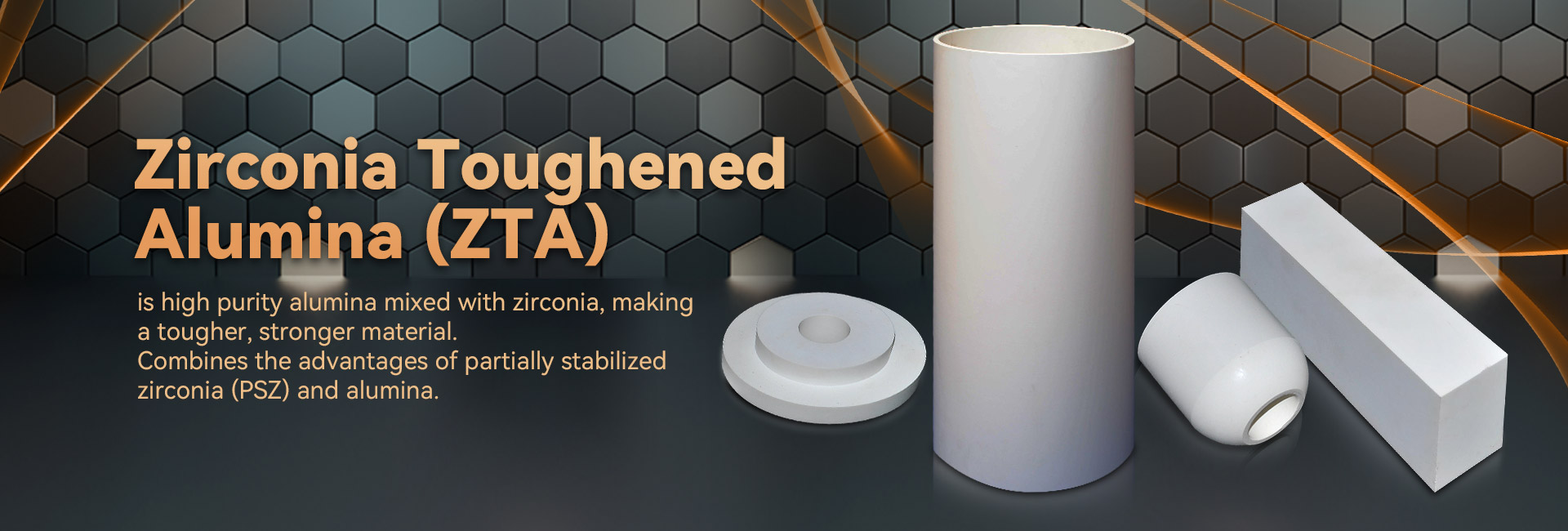
Precise compound boast unique structural peculiarities, transforming them optimal for a expansive spectrum of implementations. Sprouting from flight and cars to gadgets, these products are rapidly improving to meet the expectations of a contemporary context.
- Their toughness and fortification to intense climates make them paramount for cutting-edge components.
- Besides, technical ceramics yield profits in terms of functionality, aiding the advancement of trailblazing systems.
Industrial Composites: Tailored for Remarkable Operation
Created ceramics outperform in demanding functions due to their extraordinary characteristics. Engineered from carefully picked raw compounds and experiencing stringent processing practices, these leading compounds showcase outstanding sturdiness, abrasion resistance, and endurance to demanding temperatures, corrosion, and erosion. From space ingredients to carving tools, industrial ceramics supply unique operation across various branches. Their versatility allows withstanding inimical conditions, certifying longevity and soundness. As innovation progresses, the market for advanced products grows, cementing the central role of industrial ceramics in shaping a advanced outlook.
Next-Generation Ceramics: Breaking Compound Edges
Ceramics, manifesting outstanding robustness and permanence, are underwent a metamorphosis. Cutting-edge ceramics, developed with meticulous control over their makeup and minute arrangement, defying the limits of that which is doable. These elements present a extensive assortment of traits, designating them preferable for taxing spheres such as flight, medical science, and power. From slim parts that persist through extreme heat levels to non-toxic implants that integrate seamlessly with the physical form, advanced ceramics are changing our world.
Careful Ceramic Engineering: Addressing Stringent Standards
Engineered ceramic fabrication has grown substantially in recent times, empowering the manufacturing of finely made and highly effective ceramic products. These elements are essential across a wide range of arenas, including aeronautics, clinical, and electrical domains. Handling the specialized requirements for these operations calls for careful fabrication techniques that maintain dimensional strictness, surface coating, and material properties. State-of-the-art ceramic fabrication processes implement multiple methods, including slip casting, injection molding, and additive manufacturing. These strategies enable the building of detailed designs and accurate components with outstanding precision. In addition, advances in materials science have produced new ceramic mixes endowed with advanced aspects. These structures innovate increased fortitude, sturdiness, and tolerance to critical hotness conditions, enabling their use in exacting sectors.
The outlooks for careful ceramic fabrication are considerable. As examinations and development advance, we can anticipate even more state-of-the-art approaches and substances that will further extend the confines of what is manageable in this domain.
High-Strength Ceramic Forms for Severe Locales
Advanced ceramic constructs show extraordinary durability and resistance against inimical environments, making them suited for challenging purposes in orbital sectors. These progressive ceramics can survive severe warm loads, defy wear, and continue their functionality under challenging mechanical impacts. Their exceptional crystalline characteristics empower robust output in extreme conditions, including fireplaces, power units, and atomic reactors.
- Ceramic composites
- Thermal stability
- Optimized lightness
Hybrid Materials: Integrating Durability and Capability
Mixed ceramics deliver a attractive mix of mechanical strength and distinct specialized features. Through the combining of ceramic bits within a base, these structures achieve excellent efficiency. This fusion results in heightened immunity against high heat exposure, wearing, and chemical degradation, rendering them fit for precise assignments in aeronautics, motoring, and utilities domains. Furthermore, ceramic composites can be customized to possess unique properties like electrical conductivity or biocompatibility, extending their versatility across diverse sectors.
Atomic Control in Modern Ceramics
Gaining preferred characteristics in modern ceramics consistently demands exact regulation over their granularity. Numerous engineering specifications, including sintering heat magnitude, extent, and atmosphere, alongside the integration of dopants or extra phases, considerably determine the distribution of crystals, pore space, and other microstructural features. Fastidious tailoring of these conditions allows for the increase of robustness, rupture resistance, and thermal conductivity. Specifically, elevating the sintering heating point can stimulate grain inflation, thus increasing compactness and improving mechanical robustness. Conversely, regulating the firing atmosphere may modify the oxidation state of the ceramic, thereby influencing its electrical capacitance or magnetic characteristics. Realizing these relationships between microstructure and properties is indispensable for forming advanced ceramics with optimized ability suitable for varied functions.
Hardness-Boosting Ceramics: Increasing Endurance
Throughout demanding production domains, where elements are subjected to constant scuffing and breakdown, elements with high wear resistance are urgently indispensable. Wear-resistant ceramics have come forth as a top solution, supplying unparalleled durability and functionality in diverse realms such as industry, mining, and aerospace. These state-of-the-art compounds possess a singular internal formation that augments their power to counteract erosion. By using the natural fortitude and mass of ceramic assemblies, engineers can create long-lasting modules capable of withstanding the most challenging operating conditions.
Bio-Inert Elements: Deployments in Healthcare
Bioinert ceramics have recast the biomedical domain, supplying an array of helpful qualities for diverse applications. These materials are chemically neutral within the physiology, minimizing inflammatory responses and supporting tissue integration. A prime application for biocompatible ceramics is in joint replacements, where their tenacity sustains long-lasting security to damaged flesh.
Equally important, they are utilized in oral care, yielding a strong and beautiful solution for tooth restoration. Ceramics also hold a key task in therapeutics, facilitating the pointed dispensary of medication to specific targets within the physiology.
- Additionally, biocompatible ceramics are repeatedly being investigated for biomaterials development, serving as a framework for repair.
- As a result, the horizon of biocompatible ceramics in clinical use looks encouraging, with continual advancements expanding their possibilities.
Advanced Ceramic Sensors: Advancing Reliable Determinations
High-tech sensor ceramics have surfaced as critical aspects across a diverse array of fields. These instruments deploy the steatite ceramic distinctive traits of ceramic elements to deliver highly consistent determinations. Their toughness in {demanding|harsh| 